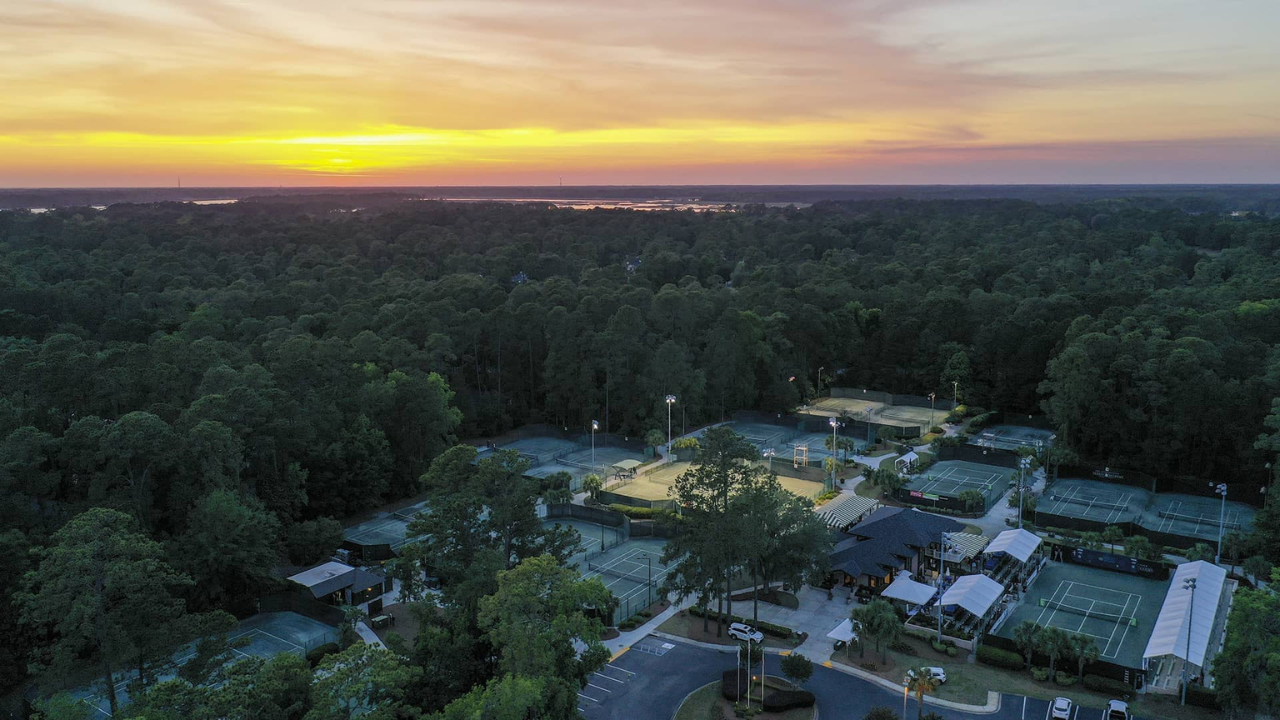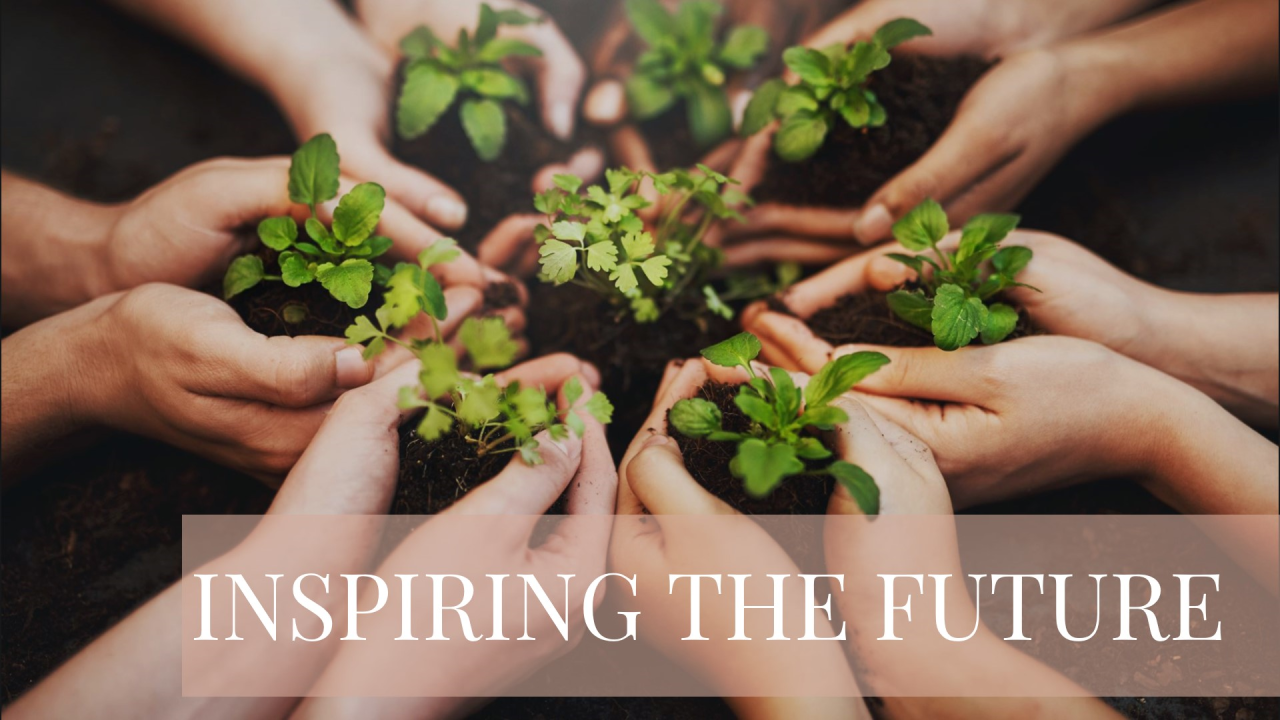Nestled along the winding rivers and sprawling wetlands of eastern England, the East Waterways Project emerges as a visionary initiative dedicated to safeguarding one of the region’s most precious resources: its forests and waterways. Launched in 2023, this ambitious undertaking unites ecologists, local communities, and policymakers in a shared mission to conserve forest ecosystems, educate the public about their flora, and ensure the survival of rare species for generations to come. In this blog-style exploration, we dive into the heart of the East Waterways Project, uncovering its efforts across forest conservation, flora education, medicinal plants, endangered species, seasonal changes, and tree identification. Join us as we navigate this green odyssey where science meets stewardship.
A Blog-Style Introduction: Where Water Meets Woods
Picture yourself standing on the banks of the River Alde, where the gentle ripple of water meets the rustling leaves of ancient oaks and willows. This is the East Waterways Project’s heartland—a region where wetlands and woodlands intertwine, creating a tapestry of biodiversity that’s as fragile as it is beautiful. Spanning Suffolk and Norfolk, the project covers over 500 square kilometers of diverse landscapes, from coastal marshes to inland forests. It’s not just about preservation; it’s about connection—connecting people to nature, past to future, and local actions to global impact. In this article, we’ll explore how the East Waterways Project is rewriting the story of conservation, one tree, one plant, and one lesson at a time.
Forest Conservation: Protecting the Lungs of the East
At its core, the East Waterways Project is a beacon of forest conservation. The region’s woodlands—once vast and unbroken—have faced centuries of deforestation, agricultural expansion, and urban sprawl. Today, only fragments remain, yet these fragments are vital. The project aims to restore and protect these ecosystems, recognizing their role as carbon sinks, wildlife habitats, and cultural landmarks. Since its inception, over 200 hectares of degraded land have been reforested with native species like English oak (Quercus robur), hazel (Corylus avellana), and alder (Alnus glutinosa), all chosen for their ecological compatibility.
Conservation here is a hands-on affair. Volunteers plant saplings, remove invasive species like Himalayan balsam, and monitor water quality in the rivers that nourish these woods. The project partners with organizations like the Woodland Trust to implement sustainable forestry practices, ensuring that timber harvesting—if it occurs—supports rather than harms the ecosystem. By creating buffer zones along waterways, the initiative also prevents soil erosion and flooding, a growing concern in this low-lying region. This holistic approach underscores a simple truth: healthy forests mean healthy waterways, and vice versa.
Forest Flora Basics: Understanding the Green Foundation
To conserve effectively, one must first understand. The East Waterways Project places a strong emphasis on forest flora basics, offering a crash course in the plants that define these woodlands. At the simplest level, the region’s flora can be divided into trees, shrubs, and groundcover. Dominant trees include the sturdy oak, the versatile alder (thriving in wet soils), and the elegant silver birch (Betula pendula), with its papery bark and airy canopy. Shrubs like hawthorn (Crataegus monogyna) provide food and shelter for birds, while ferns and mosses carpet the forest floor, thriving in the damp, shaded conditions.
These plants aren’t just scenery—they’re ecosystem engineers. Alders, for instance, fix nitrogen in the soil, enriching it for other species. Mosses retain moisture, stabilizing the ground near waterways. The project’s citizen science programs teach participants these fundamentals, fostering a deeper appreciation for the interdependence of flora. By grasping these basics, locals and visitors alike become advocates for the forest’s survival, armed with knowledge as simple as it is profound.
Forest Flora Education: Cultivating a Learning Legacy
Education is the lifeblood of the East Waterways Project. Through workshops, guided walks, and online resources, the initiative brings forest flora to life for people of all ages. At the Alde Valley Education Center, schoolchildren learn to identify plants by their leaves and bark, while adults attend seminars on ecological restoration. The project’s “Flora Guardians” program pairs volunteers with botanists to monitor plant health, turning novices into experts over time.
A standout feature is the interactive Flora Trail, a 5-kilometer path winding through restored woodlands. Signposts highlight key species, QR codes link to detailed guides, and seasonal quizzes keep visitors engaged. Last year, over 3,000 people walked the trail, leaving with a newfound respect for their surroundings. By blending hands-on learning with digital tools, the project ensures that forest flora education isn’t just academic—it’s personal, memorable, and actionable.
Medicinal Plants: Nature’s Pharmacy in the East
The forests of the East Waterways Project are more than biodiversity hotspots—they’re living pharmacies. Medicinal plants have thrived here for centuries, used by herbalists and healers long before modern medicine. Today, the project catalogs and protects these species, balancing conservation with sustainable use. Willow (Salix alba), abundant along riverbanks, contains salicin, a natural precursor to aspirin, historically used to relieve pain and fever. Yarrow (Achillea millefolium), with its feathery leaves, has antiseptic properties and was once applied to wounds by soldiers.
The initiative collaborates with ethnobotanists to document these plants’ uses, ensuring traditional knowledge isn’t lost. Community workshops teach safe harvesting techniques, emphasizing that only small amounts should be taken to avoid depletion. For instance, the project’s “Willow Wisdom” day last spring saw participants craft tea from willow bark under expert supervision. By highlighting these natural remedies, the East Waterways Project bridges past practices with present conservation, showing that nature’s gifts can endure if respected.
Rare & Endangered Flora: Safeguarding the Irreplaceable
Among the project’s most urgent missions is the protection of rare and endangered flora. The East Waterways region harbors species found nowhere else in the UK, many teetering on the brink of extinction. The marsh gentian (Gentiana pneumonanthe), with its vivid blue blooms, thrives in the area’s wet heaths but has declined due to habitat loss. Similarly, the fen orchid (Liparis loeselii), a delicate yellow-green beauty, clings to existence in calcareous fens, its numbers dwindling as wetlands dry up.
The project employs a multi-pronged strategy to save these treasures. Habitat restoration—such as rewetting drained peatlands—creates safe havens for these plants. Seed banking, in partnership with Kew Gardens, preserves their genetic material for future reintroduction. Meanwhile, strict monitoring keeps invasive species and human disturbance at bay. Last summer, a small victory emerged: a 20% increase in marsh gentian populations, a testament to the project’s meticulous care. These efforts remind us that every saved species is a step toward preserving the region’s ecological heritage.
Seasonal Flora Changes: A Dance of Time and Nature
The East Waterways Project celebrates the rhythm of seasonal flora changes, a spectacle that transforms the landscape throughout the year. Spring awakens the woods with wild garlic (Allium ursinum), its pungent scent and white flowers carpeting the ground. Summer brings the delicate blooms of water mint (Mentha aquatica), buzzing with pollinators along the rivers. Autumn paints the canopy in fiery hues as oaks and birches shed their leaves, while winter reveals the stark beauty of evergreen holly (Ilex aquifolium), its red berries a lifeline for birds.
These shifts aren’t just aesthetic—they’re ecological cues. The project tracks them to understand climate impacts, noting earlier springs and milder winters that affect plant cycles. Community events like the “Seasonal Stroll” invite participants to observe these changes firsthand, fostering a connection to nature’s calendar. By documenting and sharing these patterns, the initiative highlights how even subtle shifts can ripple through the ecosystem, urging proactive conservation in a warming world.
Tree Identification: Decoding the Forest’s Giants
Tree identification is a cornerstone of the East Waterways Project, empowering people to know their forest intimately. The region’s trees each tell a story through their features. The English oak, with its lobed leaves and acorns, stands as a symbol of endurance. The alder, with its cone-like catkins, thrives where others falter, its roots anchoring riverbanks. The silver birch, identifiable by its peeling white bark, adds grace to the woodland edge.
The project’s “Tree Detective” app, launched in 2024, makes identification accessible. Users photograph leaves or bark, and the app provides instant species details, fun facts, and conservation tips. Monthly tree walks, led by arborists, teach hands-on techniques—feeling the rough bark of an oak versus the smooth trunk of a birch. Last year, over 1,500 people joined these walks, leaving with skills to name the giants around them. This knowledge isn’t just trivia; it’s a tool for stewardship, turning casual observers into active protectors.
Conclusion: A Legacy in Bloom
The East Waterways Project is more than a conservation effort—it’s a movement rooted in hope and action. By weaving together forest conservation, flora education, and the preservation of medicinal and endangered plants, it creates a blueprint for sustainable coexistence. Its focus on seasonal changes and tree identification invites us to see the forest not as a static backdrop but as a living, evolving entity. From the banks of the Alde to the fens of Norfolk, this initiative proves that small, dedicated steps can ripple outward, safeguarding nature’s wonders.
As the project grows, it calls us all to participate—whether planting a tree, learning a leaf’s shape, or simply pausing to listen to the woods. In a world of rapid change, the East Waterways Project offers a timeless lesson: to protect what we love, we must first understand it. Here, amid the waterways and woodlands of the east, that understanding is taking root, promising a greener, richer future.












